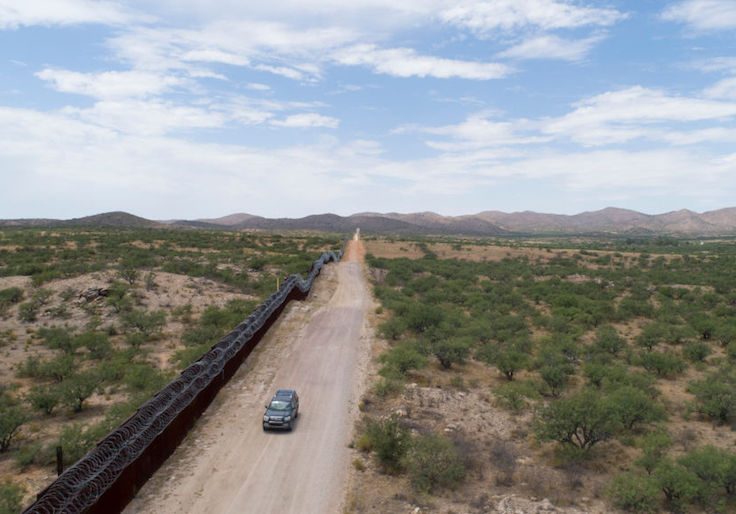Thousands of would-be illegal immigrants are being returned to await asylum hearings in Mexico as part of a program the Trump administration has credited with curbing the recent wave of family migration at the southwestern border.
The Migrant Protection Protocols—more colloquially known as the "Remain in Mexico" policy—are regulations issued by former secretary of homeland security Kirstjen Nielsen in December 2018. Under the MPP, a subset of individuals who claim to be seeking asylum after being apprehended at the border now must await the results of their immigration court hearings in Mexico, rather than being detained—or, more often, released on their own recognizance—in the United States.
Asylum seekers, especially from non-contiguous countries, pose a unique challenge to the immigration system. Preexisting laws and regulations mean that asylum seekers can only be detained for so long before being released, while the large immigration court backlog essentially guarantees that these time thresholds will be passed. The result is a system of de facto catch-and-release, in which an individual can simply claim asylum at the border and then disappear into the interior while his or her case is processed.
The stated goal of the "Remain in Mexico" policy at the time of its implementation was to curb the then-swelling crisis at the southwestern border, which was in no small part a product of this asylum loophole. Individuals apprehended seeking asylum would await the results of their hearings in Mexico, meaning that they could not abscond into the United States before their application is denied. Nearly 90 percent of applications are denied.
How effective have the MPP regulations actually been? New data released Monday by the nonpartisan Transactional Records Access Clearinghouse (TRAC) show that the program has taken off in recent months. Nearly 12,000 people were returned to Mexico in July, compared with about 5,000 in May, and just 15 at the start of the year.
![]()
MPP cases make up a small share of the immigration court's total backlog, just 2.7 percent, according to TRAC. But it made up a substantial proportion—22.3 percent—of new cases added to the docket in July. A third of those apprehended traveled from Honduras, 28 percent from Nicaragua, and 22 percent from Guatemala.
The new data support Department of Homeland Security claims that a substantial drop in monthly apprehensions in June and July is partially attributable to the implementation of the MPP. While the protocols have been in place since January, ramped up implementation in May, and their expansion to the Laredo and Brownsville ports of entry, likely drove the dips evident following May's peak.
![]()
Notably, the "Remain in Mexico" policy does not work by stopping individuals before they enter at the southwestern border, only returning them back once they cross. This means that to the extent the policy is effective, the MPP reduces immigration by deterring would-be crossers, who may not attempt to enter because they know they are less likely to be able to stay in the country.
The MPP's success suggests two conclusions. One is that at least some individuals migrating north and seeking asylum are doing so explicitly because they know they will likely be able to abscond—a sign that the loopholes in America's asylum rules are known south of the border. The other is that these data supply tentative evidence that immigration reduction policies—such as the administration's now-withdrawn "zero tolerance" prosecution approach—actually work.
